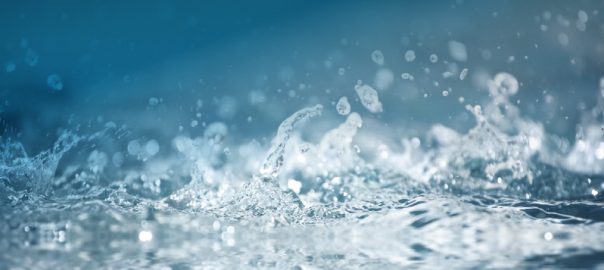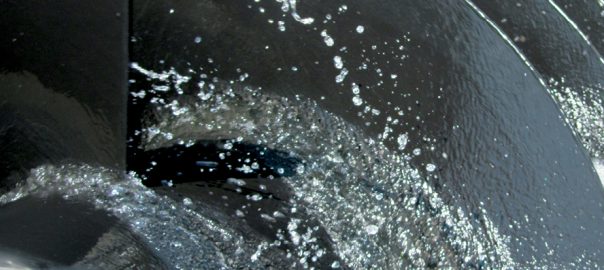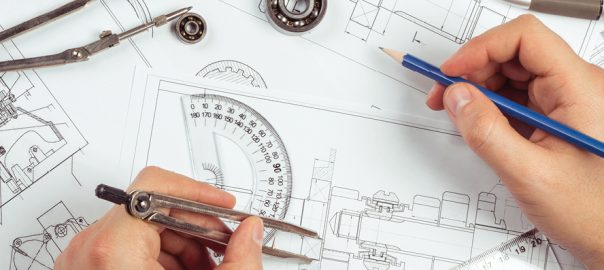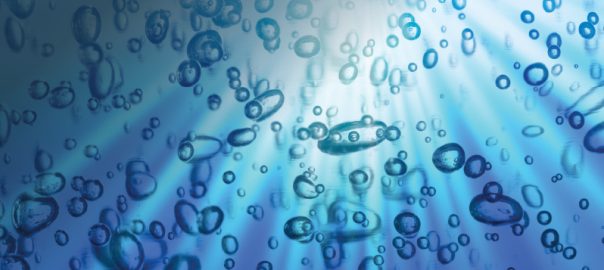
With so many wastewater treatment equipment manufacturers, how do you know which company is best? What makes one company better than all of the rest? Use this guide to help decide how to choose the wastewater treatment manufacturer and equipment that will best suit your needs and budget.
Study the Local, State, and Federal Laws
Before you even start calling wastewater treatment manufacturers, you need to come up with an exact list of your plant’s needs. Start by looking at the local, state, and federal laws that apply to the water you’re treating and either sending back to homes or into a body of water.
In addition to the laws, pay attention to the fines you face if you get something wrong. If your equipment can’t handle the flood of water coming in after heavy rain and some effluent is released into a body of water without being properly treated, you face fines. Those fines could negatively impact your water treatment plant.
What Wastewater Are You Cleaning and Treating?
Once you understand the laws, think about the wastewater you’ll be treating Have you completed a study of the wastewater you’ll be treating? This is necessary if you want to have the best understanding of the wastewater contaminants. Are you going to be cleaning storm runoff more than waste pumped from residential septic systems? Are you going to process a lot of residential septic system waste? Will you have wastewater coming from industrial plants or is it mainly residential? Is the wastewater from a restaurant district going to leave you treating a lot of oily water? Is the water loaded with inorganic contaminants?
Knowing the type of wastewater is going to help you in the long run. If you’re getting water from septic systems or sewers that may have items that must be removed, such as tampon applicators or condoms, you’ll need screens and trash or screen rakes to get these items out of the way before they cause problems farther down the line. Wastewater coming in from street runoff will have stones, small branches, and trash that also needs to be removed.
Picking the Best Wastewater Treatment Manufacturer
Once you have decided what equipment is needed, you need to narrow down your choices for manufacturers. You’ll have a budget, so the cost is going to be a driving factor. You don’t want too cheap. Saving money doesn’t always mean you’re getting equipment that lasts, just as spending more doesn’t guarantee a lifetime of dependability.
Look for manufacturers who sell wastewater treatment equipment where the moving parts are not submerged. This can cut maintenance costs. If the parts are never exposed to water, they’re not likely to degrade due to corrosion or mineral build-up from the water. They’re also not exposed to grit.
You need to consider the space you have. For example, when it comes to a grit collection system, Lakeside’s SpiraGrit Vortex Grit Chamber needs less space than the Lakeside Aeroductor. You’ll have effective equipment without overcrowding your site.
Ask the companies on your shortlist to share wastewater treatment plants they’ve designed and installed. If you can see photos of completed projects and read reports of the water quality, cost-effectiveness, and flow rates, it can help you see that the water treatment results you want can be a reality.
Finally, look at the wastewater treatment manufacturer’s history. A company that has decades of experience is going to be more knowledgeable than someone just starting out. An established company is going to have a large network of distributors available so that you don’t have to wait for parts or equipment to be available.
Choose Wisely and You’ll Have an Efficient, Effective System
This all takes time and has to be carefully planned. If you take the time to consider these factors, you’ll have the best possible insight into the type of wastewater equipment you need. It helps you avoid fines down the road from an inefficient system. You also have a system that is cost-effective as it will be designed to last a long time while being energy-efficient and need little maintenance.
Back in 1928, Lakeside Equipment Corporation was founded to help North American municipalities and companies establish water purification systems. The focus has always been on providing systems that efficiently and effectively clean and treat wastewater so that it’s safe, clean water for people to consume or so that it can be returned to natural water sources without fear of introducing bacteria and contaminants.
We’ve had close to a century of experience in wastewater treatment. We know how to evaluate a wastewater treatment manufacture and make sure our customers are choosing the right equipment for their budgets and water treatment needs. Give us a call and let us know how we can help.












